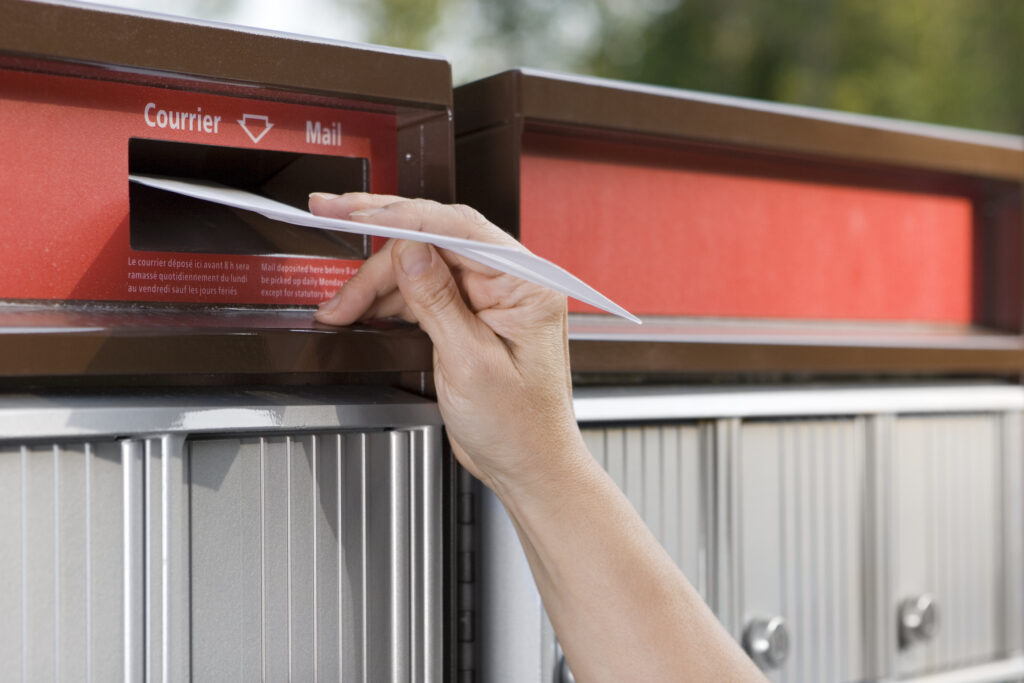Doors are opening and it is time to get back to business, even a good time to buy one.
With the recent upheaval in employment, continued low lending rates predicted over the near to mid- term and work environments being renegotiated, the opportunity to purchase a business is an attractive proposition. Working through financials affected by a pandemic is less attractive. When looking at purchasing a business there will come a time during the due diligence phase to review income statements, balance sheets and cash flow statements. However, over the course of the pandemic and the phases of reopening, businesses will have endured several financial shocks. From being forced to close to investing in dividers, distancing signage and personal protective equipment, it may be some time before things stabilize which is expected to occur over a longer time period. Analysis of the health of a business will require the consideration of these factors and more.
Going beyond the standard reports and looking at the quality of earnings will give the big picture. By contextualizing the financial reports, the numbers will lead to more than just a bottom line allowing you to determine whether the quality of the earning streams generated can be justified in the valuation.
What exactly do we mean by “quality of earnings”? The earnings quality of a business is driven by a number of factors:
Trending
By assessing the recent income and cash flow of the business with a view of what can be expected in the future, trends emerge. Is the business in high growth mode, relatively stable or are there signs of a downward trend? The direction of trends and the explanations for them provide a greater sense of the business’ viability over time.
Sustainability/Risk of Shock
The recent COVID-19 pandemic has triggered the need to assess the sustainability of earnings for every business. While a pandemic is rare, its presence has highlighted the fact that companies need to be constantly assessing and ensuring that they’ve taken the necessary steps to understand where the risks of shock lie and what plans are in place to manage through those scenarios. Working through policies and procedures that mitigate or eliminate risks has become a key focus. Especially if the risks are limiting the ability of an organization to course-correct . We fully expect that potential buyers, investors and banks will be using this most recent period to evaluate how businesses can manage in the wake of the pandemic and as an indicator of the strength of the business to withstand shocks.
Reality vs. What is Presented
Particularly with privately-owned enterprises, income presented in financial statements may not always be indicative of the true earnings generated by the business. Only when one can “cleanse” or “normalize” the income statement, will a clearer perspective of revenue and expenses emerge. Items such as compensation paid to business owners and their family members are not always at market value. Personal or discretionary expenses running through the business, certain one-time or unusual items can skew the financial results in any given year. By normalizing the income statement, a more accurate picture emerges to provide a better sense of the real value within the business.
Accuracy
The accuracy of presented earnings is extremely important, especially when dealing with management-prepared financial statements. Situations where significant adjustments are required at year-end by the company’s external accountant can be indicative of problematic internal financial reporting systems. These problems may manifest themselves in the measurement of key performance indicators and consequently the ability to make important operating decisions for managing the business on a timely basis. Users of financial statements need to have confidence that information about the earnings is reliable.
Internally Developed Initiatives vs. External Forces
Improvements in the magnitude of earnings are weighed based on whether they are driven from internal or external forces. Internal factors are variables that are in management’s control and include things like cost-cutting measures. External factors are variables that are attributed to outside factors such as increasing commodity prices. The quality of the improvement in earnings can depend on whether the impact was a result of external or internal factors with the former being considered a lower quality improvement relative to the latter.
An investment in assessing the quality of earnings of a potential investment target will provide you with a true analysis of the health of the business and provide important information for determining its value. Going beyond the standard financial reporting and factoring in other influences, a Quality of Earnings report will provide insights into the impact of various strategic, operational aspects as well as the impact of both micro and macro-economic factors on the business and its cash flows. Additionally, a Quality of Earnings report is also something that your bank or financial institution will require as a key component to their due diligence process.
Thinking about selling or acquiring a business? Start the conversation with Trevor Hood, CPA, CA, CBV, CFF, Partner and President Valuations Division.



